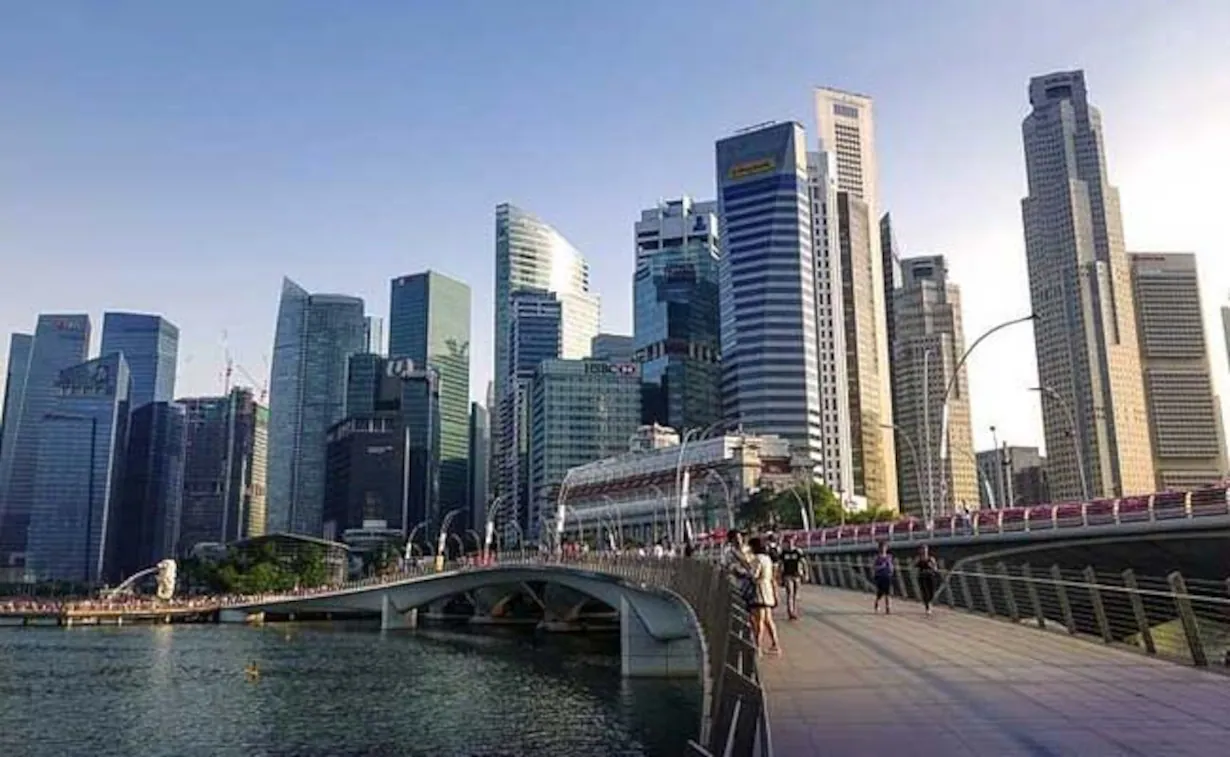Singapore authorities have seized over $2 billion in assets as part of a major money laundering investigation, Second Minister for Home Affairs Josephine Teo said in Parliament on Tuesday.
The assets include luxury properties, cars, gold bars, designer handbags, and jewelry. Teo said that the investigation is ongoing and that more arrests and seizures are possible.
The case is one of the largest money laundering investigations in Singapore’s history. It is also one of the most high-profile cases, as it involves individuals from several different countries.
Teo said that the authorities are working closely with their international counterparts to investigate the case and to recover the proceeds of crime. She also said that the authorities are taking steps to strengthen Singapore’s anti-money laundering regime.
The seizure of over $2 billion in assets is a significant victory for the authorities in their fight against money laundering. It is also a warning to criminals that Singapore will not tolerate money laundering activities.
The case is also a reminder of the importance of international cooperation in combating money laundering. By working together, countries can more effectively track and seize the proceeds of crime.
What does this mean for Singapore’s financial sector?
The seizure of over $2 billion in assets is a major blow to Singapore’s financial sector. It is a reminder that the sector is vulnerable to money laundering and that the authorities are taking steps to crack down on these activities.
The case is also likely to have a chilling effect on criminals who are considering using Singapore’s financial system to launder money.
However, the case is unlikely to have a significant impact on the overall health of Singapore’s financial sector. The sector is well-regulated and has robust anti-money laundering controls in place.
Investors Should Be Aware of Risks, but Need Not Panic
The seizure of over $2 billion in assets is unlikely to have a significant impact on investors. The case is isolated and does not reflect any systemic problems in Singapore’s financial system.
Investors should continue to monitor the situation and be aware of the risks associated with money laundering. However, there is no need for investors to panic or to take any drastic action.
Conclusion
The seizure of over $2 billion in assets is a significant victory for the authorities in their fight against money laundering. It is also a warning to criminals that Singapore will not tolerate money laundering activities.
The case is unlikely to have a significant impact on Singapore’s financial sector or on investors. However, it is a reminder that the sector is vulnerable to money laundering and that investors should be aware of the risks associated with this activity.









